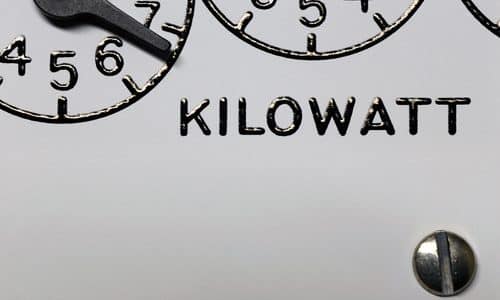Paying for Building-Level Energy Projects: PACE Makes It Possible

Solar power, wind power, fuel cells. These and other alternative approaches to producing and using energy still have an air of newness for most people who are not in the energy business. While the technologies themselves are not new, the traction they are gaining in a more mainstream application and adoption is. This, in large part, is because they are becoming easier to pay for.
In two previous posts, we covered how food retailers can maintain positive cash flow while paying for energy projects through on-bill financing and even traditional financing. These are great options for energy-efficiency retrofits in refrigeration, LED lighting, and other food store equipment, where project costs are relatively low and simple payback is quick. But what about high-dollar, building-envelope projects and other capital improvements that might include renewable energy technologies, as well as energy-efficiency products? For that, there’s PACE: property-assessed clean energy programs.
PACE for commercial buildings
PACE is a relatively new financing model available to building owners in which private investors cover 100 percent of up-front project costs, and the funds are repaid through property taxes. To date, 29 states and Washington, D.C. have adopted legislation for commercial property programs. (PACENation provides a comprehensive list of program availability.)
PACE enables store owners to overcome many of the issues that deter them (and other property owners) from adopting renewable energy solutions and making deeper building-performance upgrades. With the long financing terms, ranging from a minimum of 5 years up to 20 years depending on the project, store owners can maintain a positive cash flow – and increase property value – on projects that have a long simple payback time.
Further, this does not keep you bound to the property: PACE assessments are tied to the property and automatically transfer to the new owner should you decide to sell the building. Another attractive feature is that energy incentives and rebates, as well as tax credits, can be used to offset projects costs or pay down the loan.
Projects that are a good fit with PACE
There’s more to energy efficiency and renewable energy than reducing utility bills and negative environmental impacts. Grid stability is a significant concern, and with our appetite for electricity increasing faster than utilities can reliably supply it, the risk of power outages during peak hours is greater than ever.
PACE financing is ideal for the kinds of improvements that can keep a food store operating even when the grid isn’t. More food stores are implementing battery storage with rooftop solar panels to reduce loads during peak demand or as a backup during a blackout, and interest is growing in wind power, fuel cells, and thermal storage.
Once thought of as nice to have, deep energy improvements like these are looking more like must-haves. PACE financing can help make that happen.